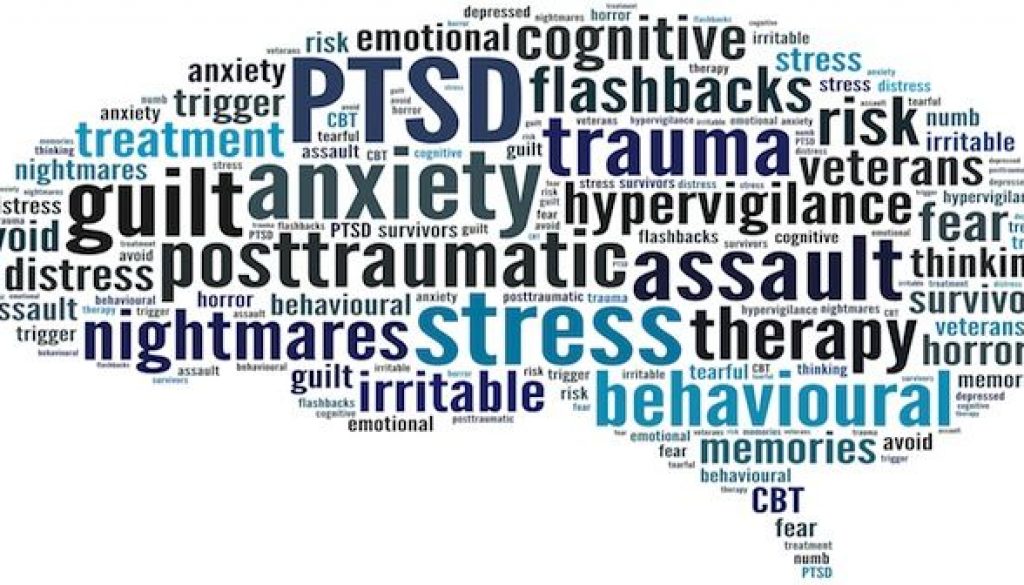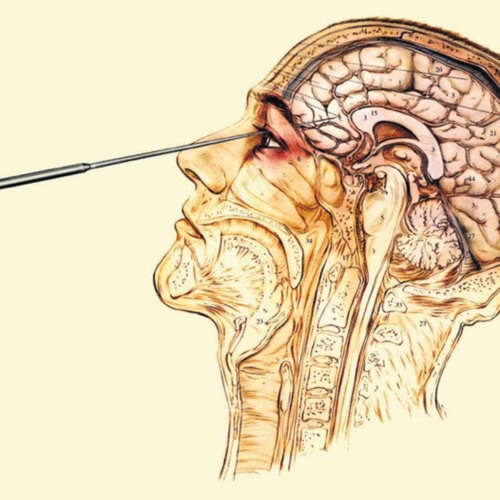Emotion focused therapy for individuals
What is EFT?
Emotionally Focused Therapy (EFT) is a well-known humanistic approach to psychotherapy formulated in the 1980’s and developed in tandem with the science of adult attachment, a profound developmental theory of personality and intimate relationships. This science has expanded our understanding of individual dysfunction and health as well as the nature of love relationships and family bonds. Attachment views human beings as innately relational, social and wired for intimate bonding with others. The EFT model prioritizes emotion and emotional regulation as the key organizing agents in individual experience and key relationship interactions.
EFT is best known as a cutting edge, tested and proven couple intervention, but it is also used to address individual depression, anxiety and post traumatic stress (EFIT – Emotionally Focused Individual Therapy) and to repair family bonds (EFFT – Emotionally Focused Family Therapy). This model operationalizes the principles of attachment science using non-pathologizing experiential (paralleling Carl Rogers) and relational systems techniques (paralleling Salvador Minuchin) to focus on and change core organizing factors in both the self and key relationships.
Most EFT research to date has focused on outcome and process of change studies with couples, and EFT for couples is the gold standard for empirically validated intervention in this field. Future research will focus on EFIT and EFFT. EFT has also generated many relationship education programs, for example Hold Me Tight: Conversations for Connection and its online version www.holdmetightonline.com, and Healing Hearts Together for couples dealing with cardiac dysfunction.
The popular basic 4-day Externship in EFT, taught in over 40 countries by ICEEFT certified trainers, is centered on working with individuals and dyads in distressed relationships and addressing dysfunctional patterns of emotion regulation and ways of engaging with one another that undermine secure bonding interactions, but it also outlines change techniques as used in EFIT sessions. Participants learn to use the macro-intervention sequence, the EFT Tango, across the three modalities of therapy.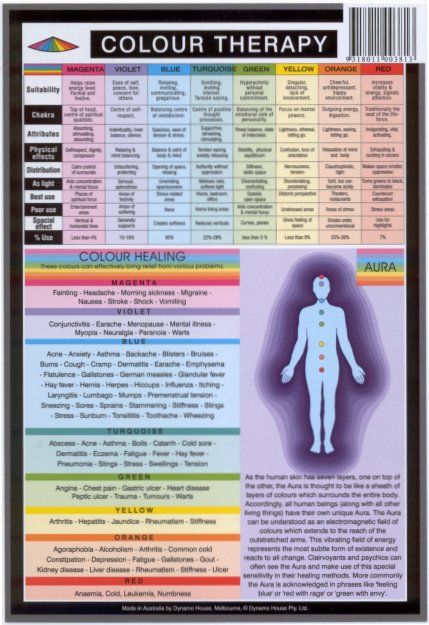 The path to competence in EFT and many learning resources are laid out below.
The path to competence in EFT and many learning resources are laid out below.
Please click to see some EFT Publications:
- EFT Books
- EFT Articles
- EFT Chapters
- EFT Non-English
For further information about EFT research, please click here.
Strengths of Emotionally Focused Therapy
- EFT is based on clear, explicit research-based conceptualizations of individual growth, health and dysfunction and of relationship distress and adult love.
- EFT is collaborative and respectful of clients, combining experiential Rogerian techniques with structural systemic interventions.
- Change strategies and interventions are specified.
- Key moves and moments in the change process have been mapped into three stages of therapy and key change events that predict success at the end of therapy.
- EFT has been validated by over 30 years of empirical research. There is also research on the change processes and predictors of success.
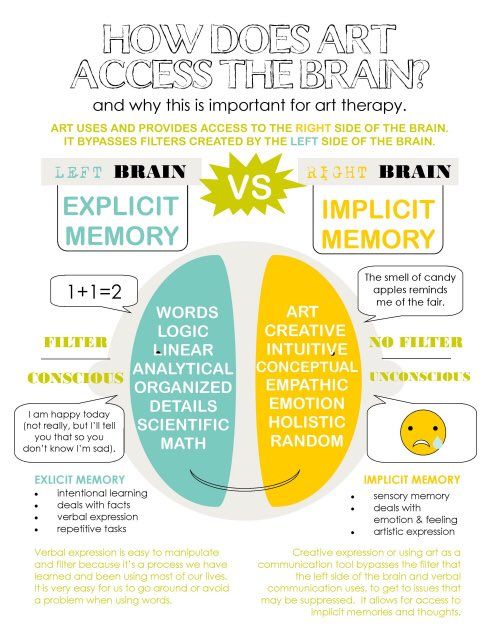
- EFT has been applied to many different kinds of problems and populations.
EFT for Couples (EFCT)
EFT is a short term (8 to 20 sessions) structured approach, originally developed for couple therapy and based on attachment science, formulated in the 1980’s. Interventions in EFCT integrate a humanistic, experiential approach to restructuring emotional experience and a systemic structural approach to restructuring interactions. A substantial body of research now exists on the effectiveness of EFCT. This research shows large treatment effect sizes and stable results over time. EFCT is used successfully with many different kinds of couples in private practice, university training centers and hospital clinics. Preliminary research exists for couples dealing with depression, with anxiety resulting from trauma, with medical illness and with forgiveness dilemmas. EFCT is used with varied cultural groups and educational levels across North America, Australia, New Zealand, Europe, Africa and Asia. It is used with traditional and non-traditional couples, including same-sex couples.
It is used with traditional and non-traditional couples, including same-sex couples.
Goals:
- To expand and re-organize key emotional responses and, in the process, the organization of self.
- To create a positive shift in partners interactional positions and patterns.
- To foster the creation of a secure bond between partners.
EFT for Individuals (EFIT)
EFIT is an attachment science-based approach to individual therapy that, like the other EFT interventions, EFCT for couples and EFFT for families, offers an integration of humanistic experiential interventions focused on reshaping intrapsychic experience and systemic interventions focused on reshaping patterns of engagement with significant others. Emotion is given precedence across treatment modalities given its powerful role in structuring both inner experience and motivation and key interactional patterns in relationships. Emotion links and organizes core experience and interaction.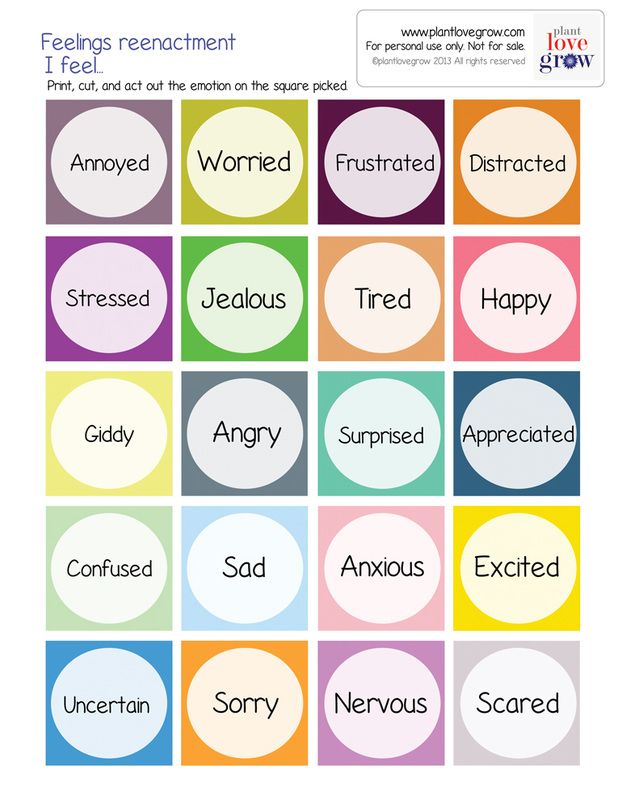
Goals:
- To offer corrective experiences that positively impact models of self and other and shape stable, lasting change.
- To offer transformative moments where vulnerability is encountered with balance.
- To enable clients to move into the accessibility/openness, responsiveness and full engagement that characterises secure attachment with others.
- To enable clients to shape a coherent sense of a competent self that can deal with existential life issues and become a fully alive human being.
A summary of Sue Johnson’s interview with Psychology Today about the new EFIT Primer can be found here.
EFT for Families (EFFT)
EFFT follows the principles and practices of Emotionally Focused Therapy to restore connection and promote resilience in family relationships. The principle goal of EFFT is to re-establish more secure family patterns where attachment and caregiving responses are effective and emotional bonds are repaired.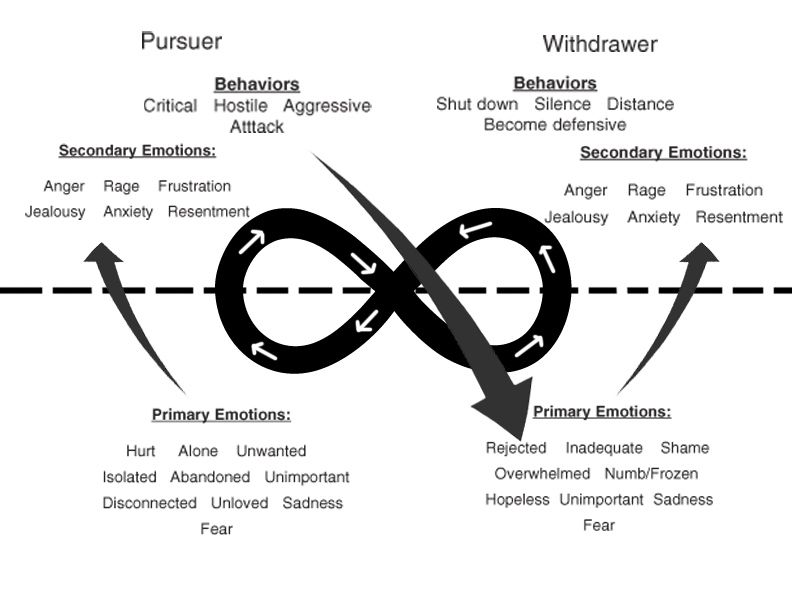 These resources inform a network of security that provides the flexibility and closeness necessary for families to promote individual growth and meaningful relationships across generations.
These resources inform a network of security that provides the flexibility and closeness necessary for families to promote individual growth and meaningful relationships across generations.
The EFFT Approach
The EFT process of change in EFFT focuses on stabilizing a family’s negative interaction pattern, restructuring parent and child interactions, and consolidating the felt security gained through these new patterns of connection. Following principles of attachment science, the EFFT therapist guides the family to new patterns of parental availability, responsiveness and coherent attachment communications as they face developmental change and life challenges. In EFFT, the focus is on addressing blocks in parental caregiving responses and understanding the child or adolescent’s behavior in terms of attachment needs or fears. These blocks result from constrained, stuck responses to misattunement and injuries in family relationships. The EFFT therapist tracks the generational influences impacting these blocks and works through rigid patterns that disrupt attachment communication between parents, siblings and between parent and child.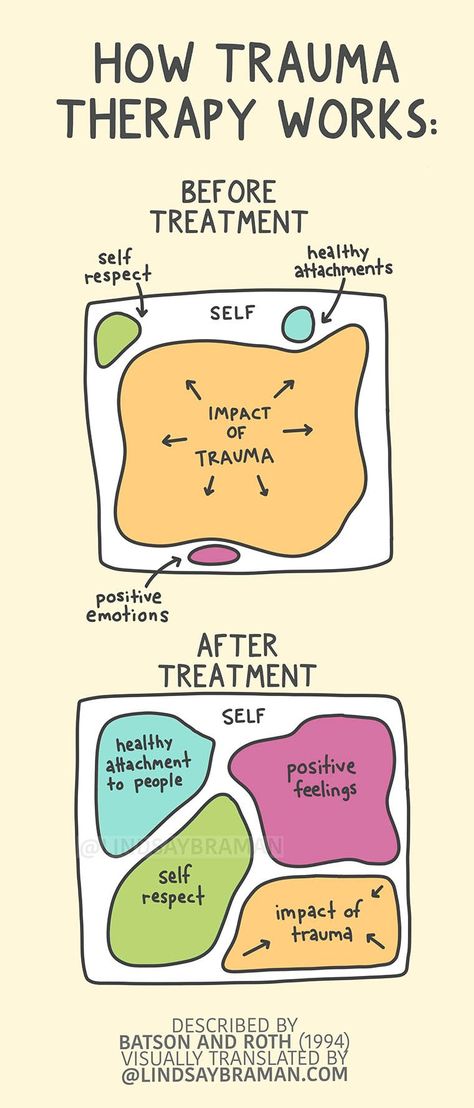 Work with parents focuses on the building of a coherent parenting team. The process of EFFT often moves quickly as family members become more responsive, accessible, and engaged with previously unacknowledged attachment-related emotions and needs.
Work with parents focuses on the building of a coherent parenting team. The process of EFFT often moves quickly as family members become more responsive, accessible, and engaged with previously unacknowledged attachment-related emotions and needs.
Goals:
- Accessing and expanding awareness of unacknowledged feelings associated with the family’s negative pattern.
- Reframing family distress and child problems within relation blocks reinforcing this distress.
- Promoting awareness and access to underlying caregiving intentions and disowned attachment related needs.
- Facilitating the sharing of unmet attachment needs and effective caregiving responses.
A Primer for Emotionally Focused Individual Therapy
Source: Used with permission authors Sue Johnson and Leanne Campbell
What are the basics of emotionally focused therapy?
Emotionally Focused Therapy privileges emotion and emotion regulation, shaping key emotional experiences in session, where the therapist guides clients into and through the emotional moments that define their sense of self and of others towards a new sense of balance competence and connection.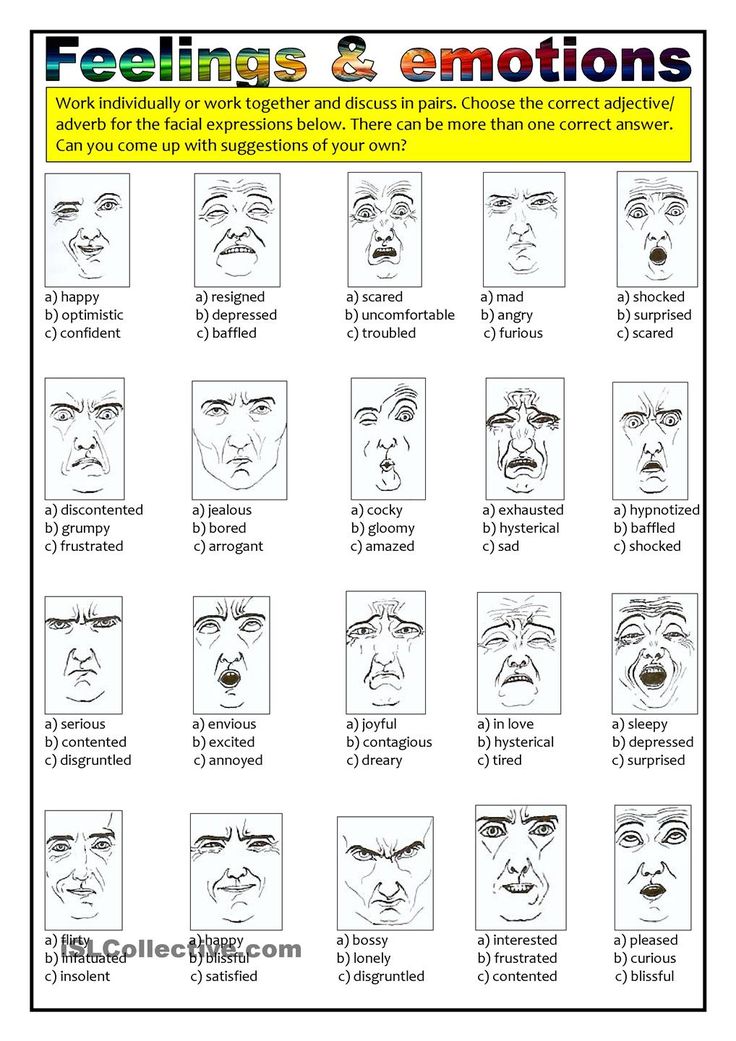 It is profoundly relational and offers attachment science, with its map to human longings, misery, and motives, as a way to focus each session and create on-target interventions. EFT is the gold standard of couple intervention, with a large body of research supporting its efficacy and long-term effects. Over the last few years, the use of EFT with individuals (EFIT) dealing with depression, anxiety, and PTSD have been further outlined and refined. This model is now set out in the new primer.
It is profoundly relational and offers attachment science, with its map to human longings, misery, and motives, as a way to focus each session and create on-target interventions. EFT is the gold standard of couple intervention, with a large body of research supporting its efficacy and long-term effects. Over the last few years, the use of EFT with individuals (EFIT) dealing with depression, anxiety, and PTSD have been further outlined and refined. This model is now set out in the new primer.
How does EFIT capitalize on the science of attachment?
Attachment offers a map to blocked developmental pathways obscuring secure, coherent connection with a resilient sense of self and with others. As a developmental theory, it also offers a clear model of personality and relational health and what is needed to reach this goal. The attachment map guides the therapist in the attunement process and offers a compass in the growth process.
The therapist also creates a specific kind of alliance—a safe haven and a secure base for growth in every session and addresses “frightening, alien, and unacceptable” emotions and emotional dilemmas. From an attachment viewpoint, negative emotions and coping strategies keep clients stuck in recurring and negative self-perpetuating cycles of arousal and interactions with others.
From an attachment viewpoint, negative emotions and coping strategies keep clients stuck in recurring and negative self-perpetuating cycles of arousal and interactions with others.
Emotional isolation is seen as a core issue and risk factor for all mental health issues. Just as being able to be open, present, and responsive to inner cues and to others creates corrective encounters in couple therapy, so, in EFIT, do such encounters with the self and representations of key attachment figures or aspects of self. The attachment frame helps the therapist sing to the client’s amygdala in a way that shapes an organic, already wired-in growth process.
Attachment helps me formulate how Pat’s terror of abandonment fuels her obsessive planning and guardedness in relationships and primes her sense of inadequacy. Her eating disorder numbs her out but the emotional music she dances to leaves her more and more alone and desperate. It also helps me assemble her emotions into an ordered whole that she can tolerate and own and then move into comforting restructuring encounters with her vulnerable self and her distant, unavailable mother.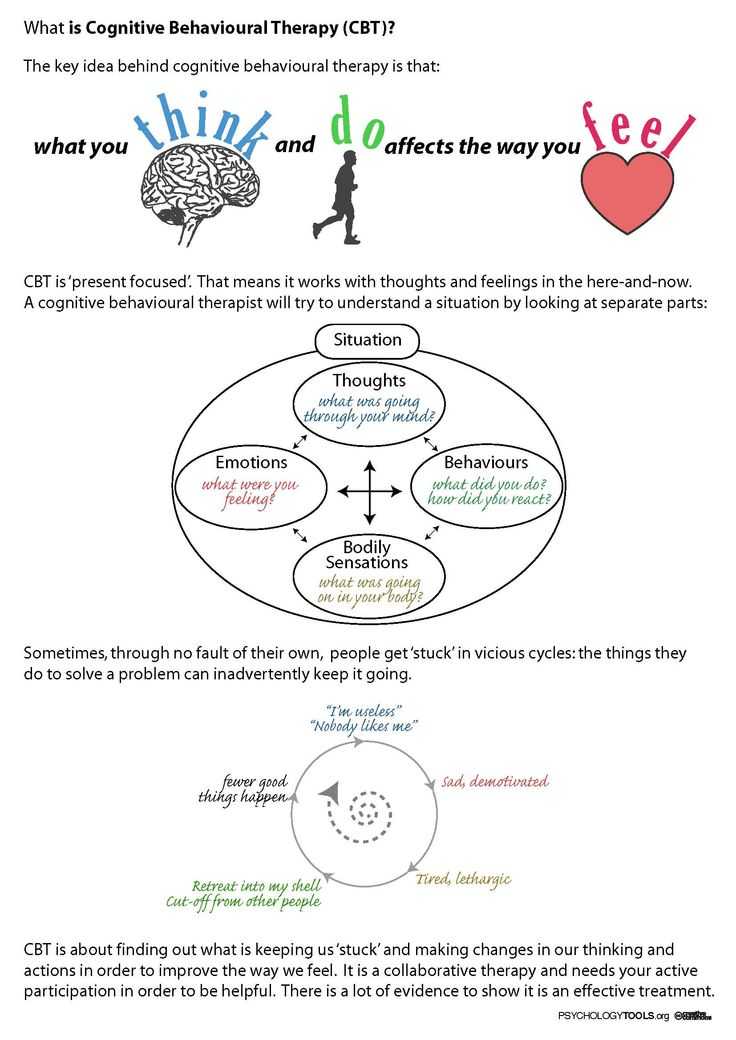 She tells me, “This is different, hard. But it’s exhilarating to have myself more solid. And I can share with my friend Amy now so I am less alone and overwhelmed.”
She tells me, “This is different, hard. But it’s exhilarating to have myself more solid. And I can share with my friend Amy now so I am less alone and overwhelmed.”
To what degree does early experience drive adult experience?
It is in our younger years that we learn how to approach and regulate our core emotions and that our sense of self and habitual ways of connecting with others take shape. First lessons are powerful and embodied in the nervous system, affecting how we navigate our world and continue to form our identity. But they are not cast in stone. Positive connections with supportive attachment figures can help us deal with trauma and deprivation and still find a way to be resilient. Our secure connection with our inner resourceful self and with others can change and grow throughout our adult life. Indeed, EFT research has shown that this therapy can create more secure attachment styles and more securely bonded relationships that reduce factors like depression and help build resilience and strength. A brain scan study found that EFT for couples and the bonding events that occur in that therapy change the way women’s brains respond to a physical threat (click here for a list of studies).
A brain scan study found that EFT for couples and the bonding events that occur in that therapy change the way women’s brains respond to a physical threat (click here for a list of studies).
How does this therapy differ from other types?
General EFT and EFIT are explicitly based on attachment science. EFT combines a focus on dancer and dance – how the individual shapes their own reality and their relationships with others. EFT has been rigorously tested empirically in terms of outcomes, follow-up effects, and exactly what creates a significant change in session.
It focuses on emotion and uses the power of restructured emotion to move clients into potent new experiences that expand the self and prime new cognitions and action tendencies. Interventions, such as the five moves of the EFT Tango, are well-articulated and are taught across cultures around the globe. Training receives the highest ratings in terms of expanding practice and therapist confidence.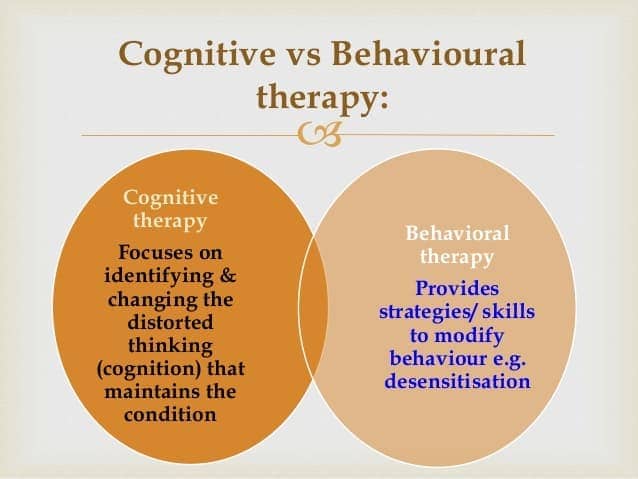
In general, EFT combines the clarity and focus typical of more behavioral interventions with the depth and relevance of more humanistic experiential therapies, allowing people to address deep existential fears and longings.
How does EFT, EFIT work for individuals as opposed to couples?
The theoretical frame and the core interventions are the same across modalities. However, the primary goal in EFIT is the expansion of the self rather than the shaping of more positive bonding connections with specific others in-session.
One core difference between EFT for couples and families and EFIT can be seen in Tango Move 3—where newly discovered and formulated emotion is enacted in encounters with parts of self and imaginal others. In couple therapy, Sarah is encouraged to turn to her partner John and share her vulnerability and need in a way that pulls him close and helps him respond as a safe attachment figure. In EFIT, Pat allows herself to experience her overwhelmed terrified self who could not ask her mother for comfort in the dark and deal with rejection but can in session comfort this vulnerable self and validate the pain and legitimacy of this self.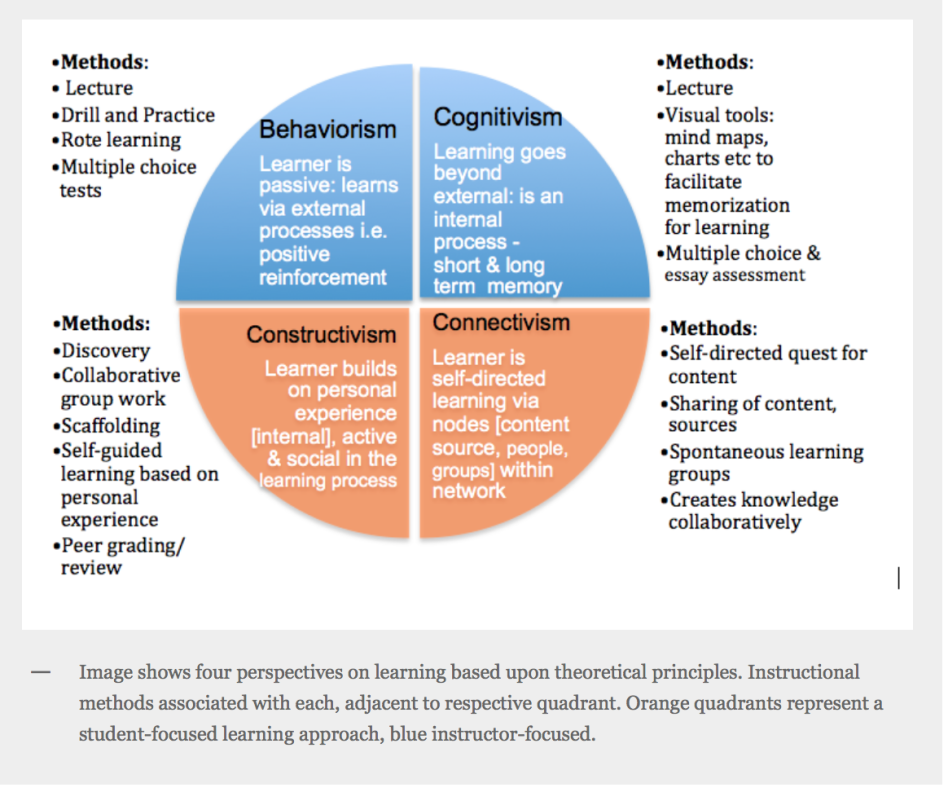 Pat brings alive key representations of self and also of attachment figures such as her mother and changes the dance with them. As she allows herself to feel loss and aloneness, she finds her anger and is able to confront her mother in an imagined encounter. Core ways of seeing herself, dealing with emotions, and engaging with others then start to shift.
Pat brings alive key representations of self and also of attachment figures such as her mother and changes the dance with them. As she allows herself to feel loss and aloneness, she finds her anger and is able to confront her mother in an imagined encounter. Core ways of seeing herself, dealing with emotions, and engaging with others then start to shift.
How do you use an emotional charge to turn around a client’s life?
In the five moves of the EFT and EFIT Tango, you evoke the emotions that underlie dysfunctional patterns in the client’s life and help order and validate them. They then become tolerable and manageable and can be owned and explored on a deeper level.
Emotion colors perception, shapes meanings, primes body responses, and moves people to action. It also communicates to self and others the nature of a person’s felt reality. These are all dynamic processes. Across therapy modalities, deeper emotion has been shown to lead to change. When Henny truly lets in and outlines her first rape by her father she is able, with the therapists' help, to order this experience and follow it through to the beginning of closure.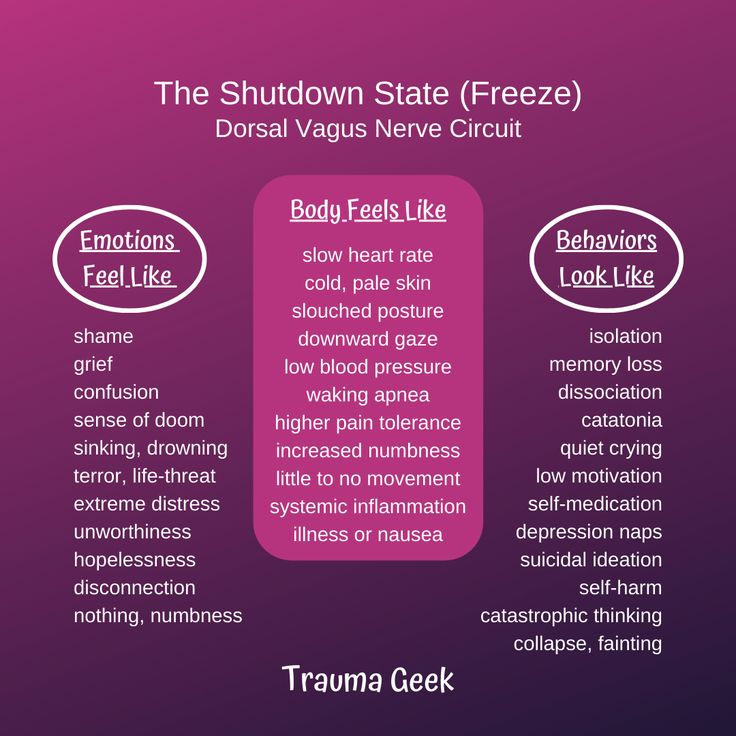 She comforts her devastated 6-year-old self and helps her listen to a new set of meanings and images of self. Her overwhelming experience is of deep grief and aloneness. As she grieves, she finds compassion and respect for herself and a new determination to find connection. She tells me in the next session, “Now I have me so I can deal with that scene and not feel so devastated.”
She comforts her devastated 6-year-old self and helps her listen to a new set of meanings and images of self. Her overwhelming experience is of deep grief and aloneness. As she grieves, she finds compassion and respect for herself and a new determination to find connection. She tells me in the next session, “Now I have me so I can deal with that scene and not feel so devastated.”
I would ask, as an EFT therapist, what else but an emotional charge ever really turns around someone’s life? How we deal with our vulnerability structures so much of our reality—to encounter it in safety, enter it, and reformulate it is what change is all about.
Why does the word “safe’ have such prominence in EFT?
In thousands of studies, attachment science outlines how secure connection with others offers us the sense of safety we need to grow, risk, develop, and explore our world. Vigilance for danger, avoidance of risk, and a sense of helplessness are key risk factors for all mental health problems.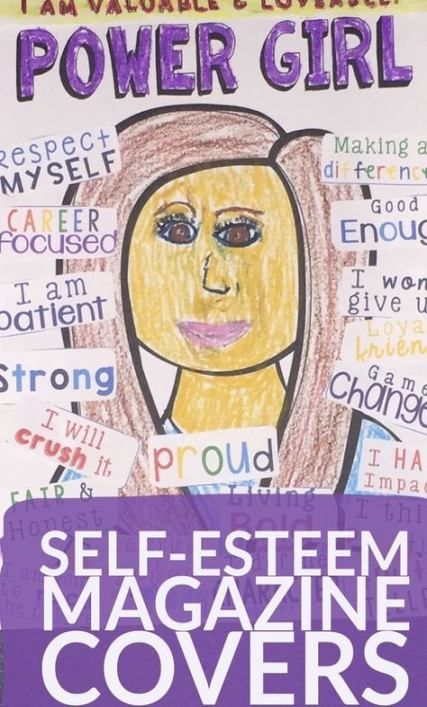 The therapist offers the same kind of safety as a supportive attachment figure, and this naturally calms the nervous system and encourages openness to experience and the courage to fully encounter it. Safety does not mean mouthing nice supportive phrases. It means being fully present to the client and giving the message that this client is seen and accepted in all their frailty and that the therapist believes in their ability to grow and knows how to encourage that growth. People do not turn to and deal with their dragons alone or when they have no safe place to stand. We are not wired for that.
The therapist offers the same kind of safety as a supportive attachment figure, and this naturally calms the nervous system and encourages openness to experience and the courage to fully encounter it. Safety does not mean mouthing nice supportive phrases. It means being fully present to the client and giving the message that this client is seen and accepted in all their frailty and that the therapist believes in their ability to grow and knows how to encourage that growth. People do not turn to and deal with their dragons alone or when they have no safe place to stand. We are not wired for that.
What is the magic in therapy and how do you bring it about?
Magic in EFT is not the sleight of hand of the clever therapist—the insight offered or the clever advice given. Our need for others and the vulnerability of our young have structured our brain and our nervous system to give priority to and respond to certain cues—cues that are saturated in emotion. The magic of EFT is that we know how to go to the heart of the matter with clients, how to engage and enthrall them, and how to plug into, order, and reshape their pain, fear, and longings.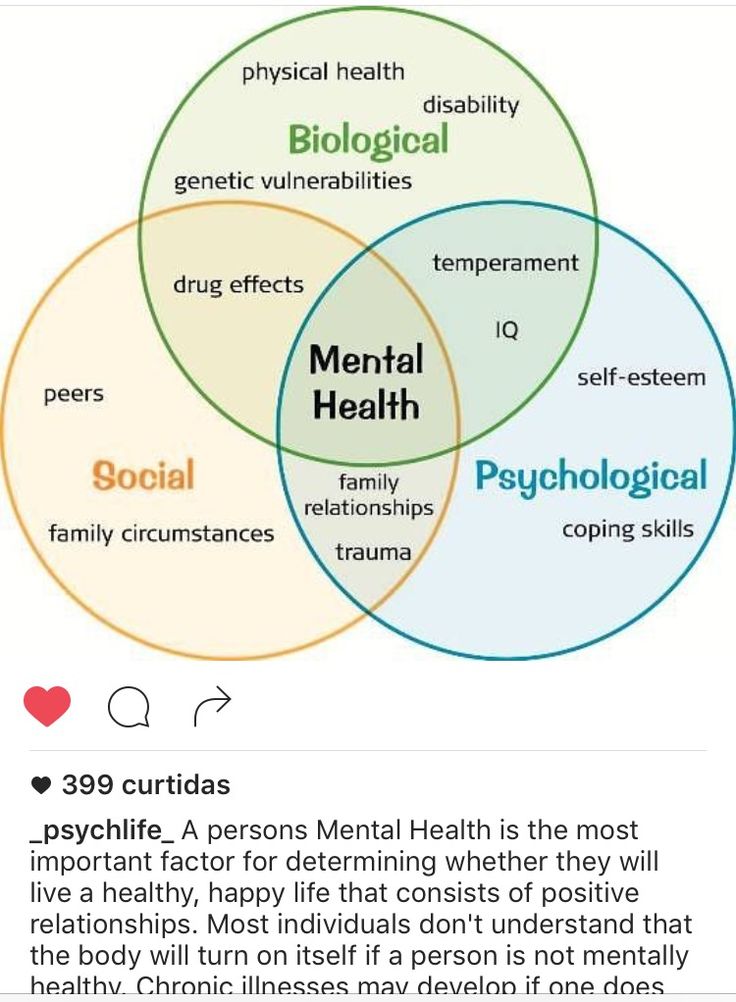
We don’t have to “bring it about.” We follow the natural process of the safe, healthy organism— one who knows that if they call, someone will come and that they matter to others. We remove blocks to the client’s awareness that constrict the magic of growth. I do not persuade Pat that her ideas about herself are misguided or give her exercises in how to be with others or teach her about her brain. I reflect back a hurting but valid and normal sense of self for her to see, and I walk with her into her most frightening places, helping her to find her more whole and coherent. That is magic and it naturally brings joy. The magic is the same as the “magic” in a mother’s touch—in a lullaby or in a reunion with a loved one.
The “magic” of EFT is not just hearsay either; we can show it on tape, rate it, and show that it leads to specific kinds of change such as less depression.
How is it not the content of problems but how we engage with them that matters?
This refers to the focus of EFT therapists on process rather than content.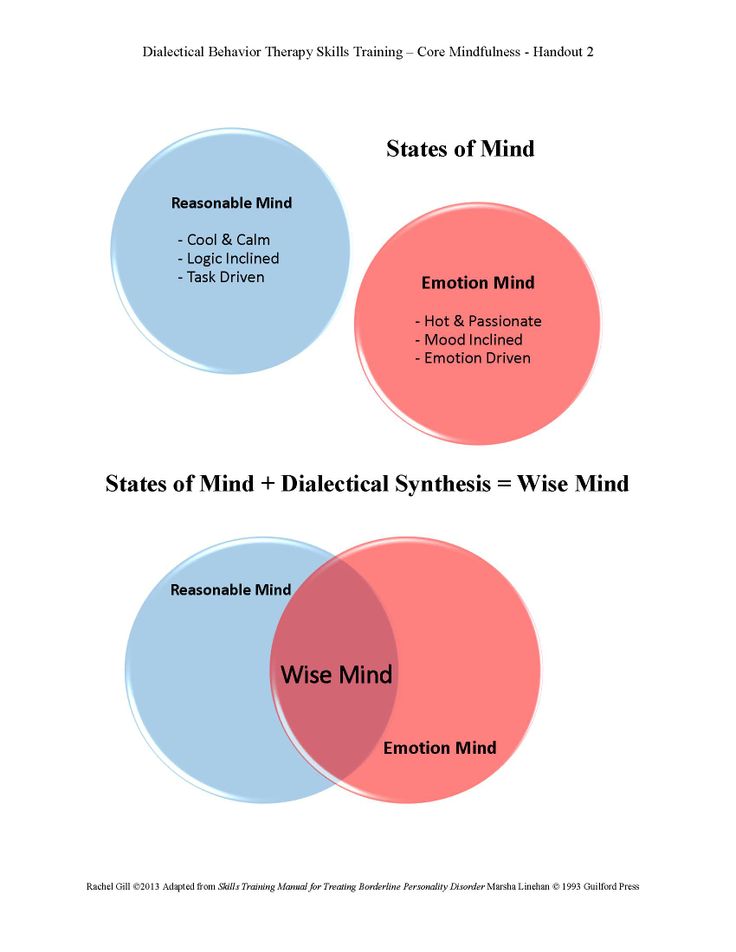 We do not try to solve the client’s problems, to offer quick or immediate solutions. We explore the how, the process of how a symptom is primed, maintained, and perpetuated. Move 1 of the EFT Tango is the reflection of processes that leave the client stuck in pain and helplessness. Pat’s problem is that she is anorexic and she now “manages” her eating better, but she is still miserable and feels alone and depressed. We explore the last time she felt this way and how she anticipates rejection from others, plans every moment of interaction, becomes overwhelmed, tells herself she is a failure, and withdraws. She then eats less to numb out. Once she grasps the emotional music that structures this dance, then she can see how she is trapped and how she traps herself. In Move 2 of the Tango, we assemble her emotion piece by piece, and she discovers the 6-year-old self who was always left alone in the dark. Once she assembles her emotional reality in a new way, new responses naturally open up.
We do not try to solve the client’s problems, to offer quick or immediate solutions. We explore the how, the process of how a symptom is primed, maintained, and perpetuated. Move 1 of the EFT Tango is the reflection of processes that leave the client stuck in pain and helplessness. Pat’s problem is that she is anorexic and she now “manages” her eating better, but she is still miserable and feels alone and depressed. We explore the last time she felt this way and how she anticipates rejection from others, plans every moment of interaction, becomes overwhelmed, tells herself she is a failure, and withdraws. She then eats less to numb out. Once she grasps the emotional music that structures this dance, then she can see how she is trapped and how she traps herself. In Move 2 of the Tango, we assemble her emotion piece by piece, and she discovers the 6-year-old self who was always left alone in the dark. Once she assembles her emotional reality in a new way, new responses naturally open up.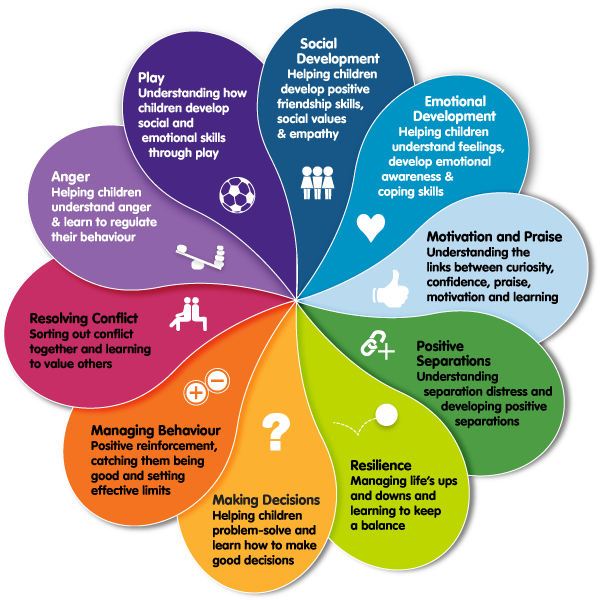 An action tendency is implicit in all emotion; emotion literally moves us. She also tells her best friend about this “dance,” and her friend normalizes and validates it. She is already less alone.
An action tendency is implicit in all emotion; emotion literally moves us. She also tells her best friend about this “dance,” and her friend normalizes and validates it. She is already less alone.
Are people looking to solve the wrong problems or in the wrong way?
Pat’s therapist “solved” her eating problem, but Pat reported that this therapist did not want to go into her anxiety and fearfulness! Pat “solved” her problems by ruminating, planning every move, worrying, and shutting down. If you do not have a model of human development to guide you, then you are almost bound to get distracted and go down the rabbit hole in therapy. Clients bring complex stories and issues; a compass is needed.
What is one insight or idea would you like readers to get from this book?
I would like therapists to know that attachment science and a focus on priming and ordering core emotions is the way forward for psychotherapy. We already can integrate science and practice; we already know so much.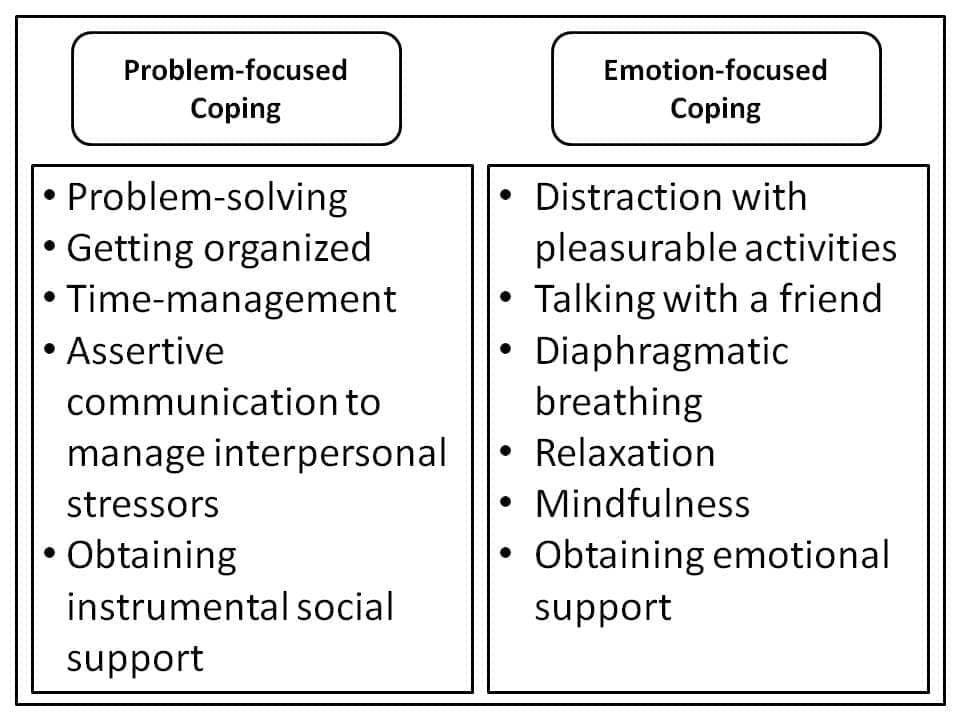
About THE AUTHOR SPEAKS: Selected authors, in their own words, reveal the story behind the story. Authors are featured thanks to promotional placement by their publishing houses.
To purchase this book, visit: A Primer for Emotionally Focused Individual Therapy
Source: Used with permission authors Sue Johnson and Leanne Campbell
Emotionally Focused Therapy - joint educational program of ICEEFT and CSST
UPCOMING PROGRAM EVENTS:
| Dates | event title | |
| April 13, 14, 15, 16, 2022 CANCELED | Basic externship in EFT - Basic course in EFT |
This is the first and only international educational program in Russia to train emotionally focused couples therapy (EFT) for family and couples therapists, counseling psychologists who are familiar with the theoretical provisions of the humanistic and systemic approaches.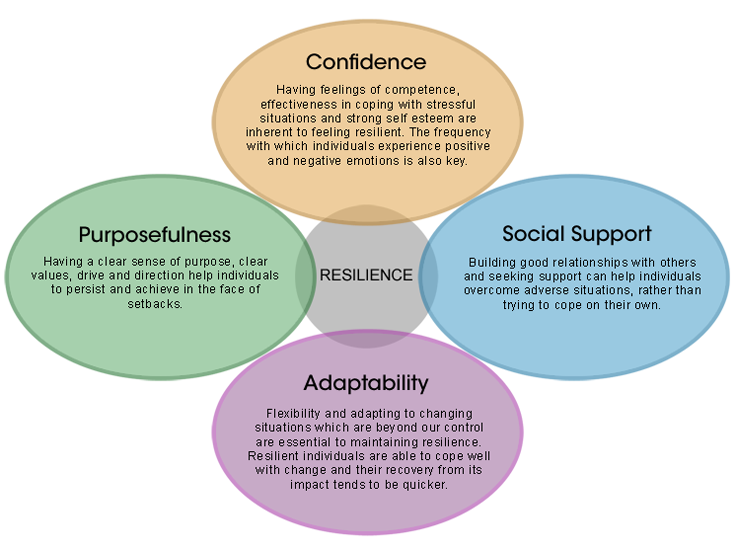
Moderator - Zoya Simakhodskaya , Phd, clinical psychologist, crisis intervention specialist, certified EFT supervisor and trainer; Vice President of the Board of Directors and Chairman of the Education Committee of the Center for Emotionally Focused Therapy in New York (www.nyceft.org).
DETAILS AND BOOKING BY PHONE:
8-495-790-17-24
------------------------------------- -------------------------------------------------- -----------
ABOUT THE PROGRAM:
Since 2013, the first and only international educational program in Russia on emotionally focused couples therapy (EFT) for family and marital therapists, counseling psychologists who are familiar with the theoretical provisions of the humanistic and systemic approaches.
EMOTIONALLY FOCUSED COUPLE THERAPY (EFT)
Emotionally Focused Therapy is a short-term (12-20 sessions) approach in individual therapy and couples therapy, it is an integrative approach, a synthesis of the humanistic and structural systemic direction of psychotherapy.
It relies on the well developed and researched theory of adult love relationships - the attachment theory of John Bowlby and his followers. This approach is enriched by the achievements of modern branches of knowledge about close relationships, about the nature of distress in a couple, about the patterns of development of emotional reactions. Our contemporaries call EFT love therapy.
EFT took shape as an independent direction in the 80s of the 20th century thanks to the inexhaustible enthusiasm of the Canadian psychologist Dr. Susan Johnson with the active assistance of her colleagues, students and like-minded people.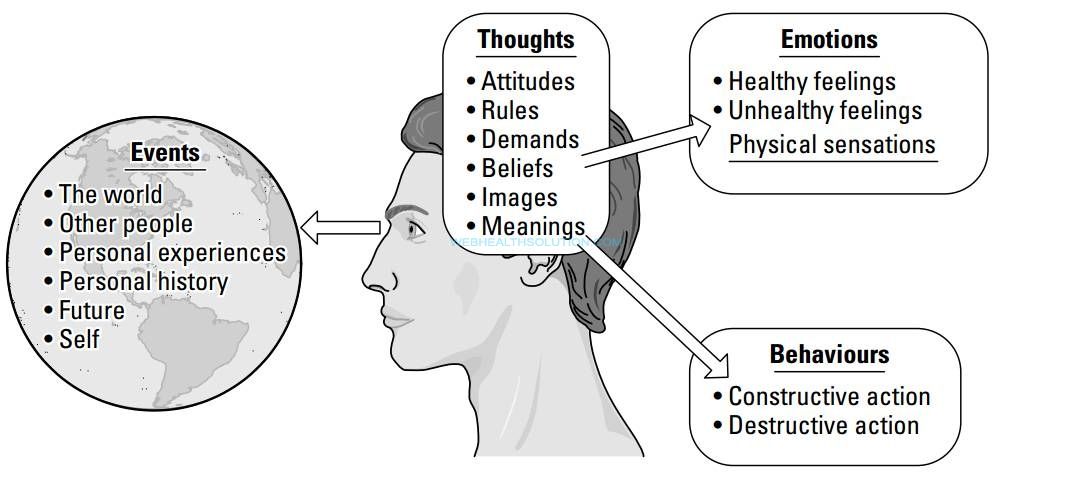
EFT allows you to effectively treat broken relationships and create safe bonds between intimate partners and family members. Studies have shown that 70-75% of couples move from distress to recovery as a result of therapy, and almost 90% show significant long-term improvement in relationships.
A distinctive feature of this approach is clarity and structure. The therapeutic process is divided into steps and stages. Each stage has its own purpose. There are therapeutic techniques and techniques for achieving the goals and solving the problems of each stage. There is room for spontaneity, improvisation, and the therapist's emotions.
The training in this approach is well thought out and allows you to master a unique range of therapeutic skills and techniques that can be applied to a wide variety of problems for couples, families, and individual clients.
To learn more about Emotionally Focused Therapy, read Lucy Mikaelian's article "Emotionally Focused Couples Therapy or Susan Johnson's New Science of Love. "
"
Program organizers:
Center for Systemic Family Therapy (Russia) and
International Center of Excellence in Emotionally Focused Therapy ICEEFT (Canada).
All teachers of this program are certified foreign specialists, since there are no psychologists in Russia who have the appropriate qualifications and the legal right to teach this method.
training program EFT consists of:
1. BASIC EXTERNSHIP in EFT - The Basic Course of EFT - a four -day theoretical and practical seminar (28 hours).
2. Core Skills Advanced Training in EFT Core Skills Advanced Training in EFT (48 hours). Conducted in small groups, 2 three-day workshops (up to 15 people).
Core Skil 1/2 . Core Skills 1-2: three day workshop.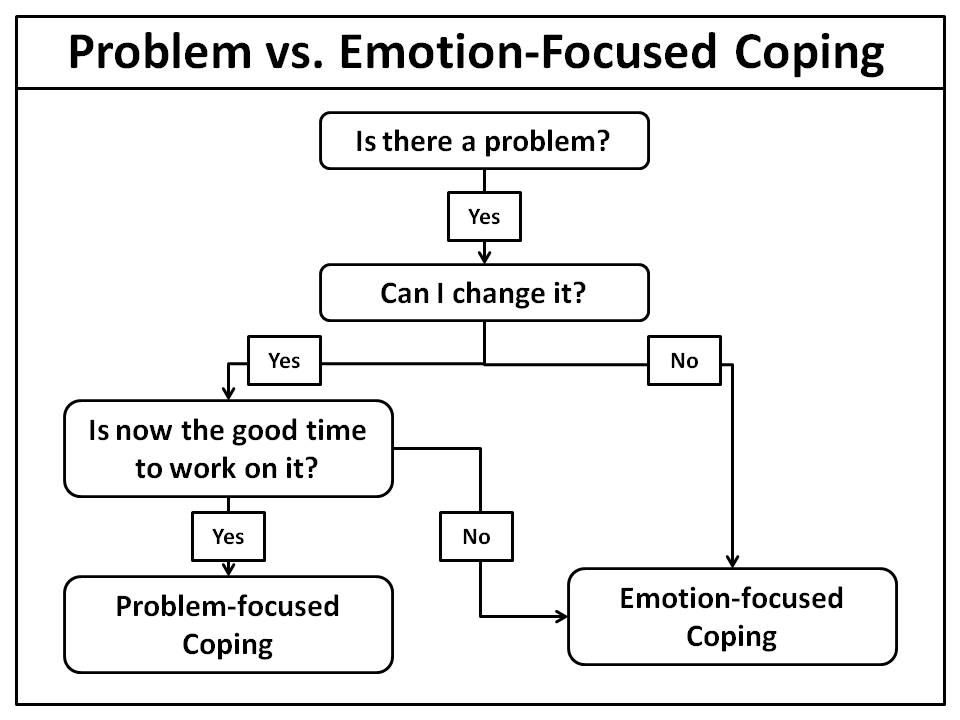
Core Skil 3/4 . Core Skills 3-4: Three-day workshop.
3. Supervision: 8 hours - individual supervision. Individual supervisions are conducted by certified EFT supervisors and can be carried out remotely, via Skype or via teleconference
4. Upon completion of the training, program participants submit a written description of their own work in the EFT approach (clinical case analysis).
The steps outlined above are a prerequisite for EFT certification and meet the requirements of the ICEEFT International Center of Excellence in Emotionally Focused Couples Therapy.
At the end of the course, international ICEEFT certificate (The International Center of Excellence in Emotionally Focused Therapy) is issued.
Photo reports on past events How it was
Join and ask questions in the Facebook group -
"CSST: EMOTIONALLY FOCUSED THERAPY IN RUSSIA - promotion, education" https://www.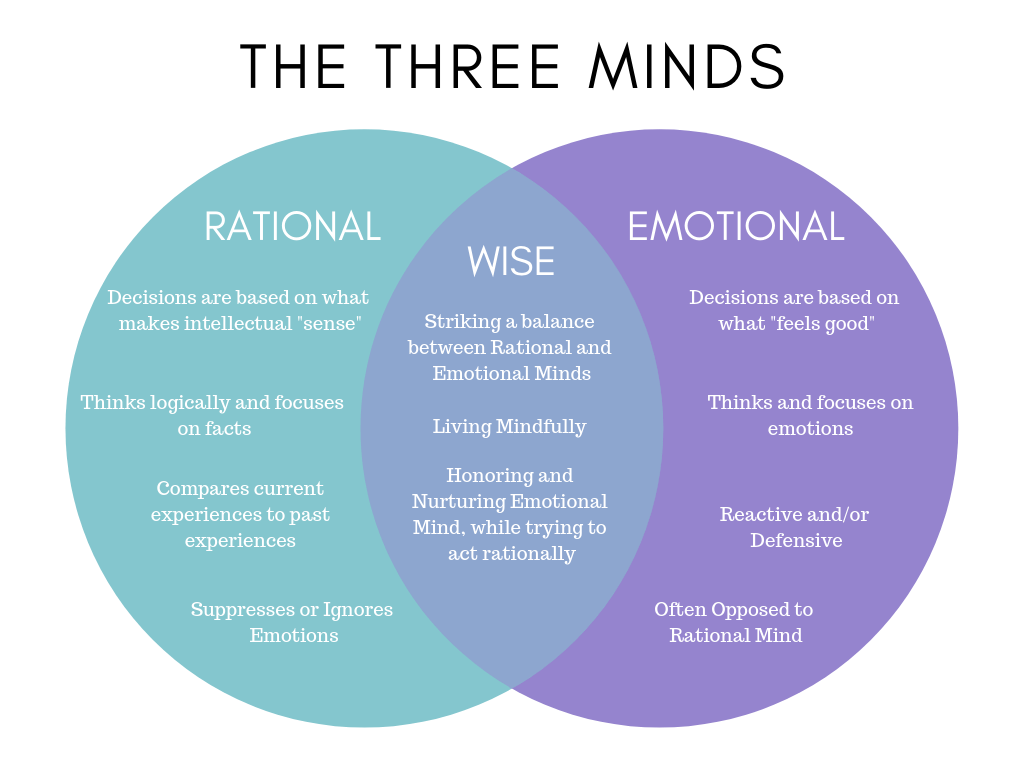 facebook.com/groups/586447341514319/
facebook.com/groups/586447341514319/
1. The practice of emotionally focused marital therapy, Susan M. Johnson, Scientific World, Moscow, 2013, 362 pages.
2. How to Become an Emotionally Focused Therapist, Susan M. Johnson, Brent Bradley, Jim Farrow, Alison Lee, Gale Palmer, Doug Tilly, Scott Wooley, Nice World, Moscow, 2013, 404 pages
3.Z. Simakhodskaya "Bringing Emotionally Focused Therapy Couples to Russia" Zoya Simakhodskaya, a bilingual clinical psychologist in New York and a certified supervisor in Emotionally Focused Therapy, started training Russian therapists at EFT/Psychology International /October 2013 https://www.apa.org /international/pi/2013/10/russia
| ||
| ||
| ||
| ||
| ||
| ||
| ||
| ||
|
what it is and what problems it applies to
Emotionally Focused Therapy: what it is and what problems it applies toclinical psychology
January 11, 2023
The affective-emotional realm is probably one of the most important when considering our level of well-being. How we feel and how we react to situations and people around us influences our perception of reality (as well as ourselves, others, and the world itself) and our behavior. But it's not always easy to manage and manage our emotions and how we structure and connect them to events.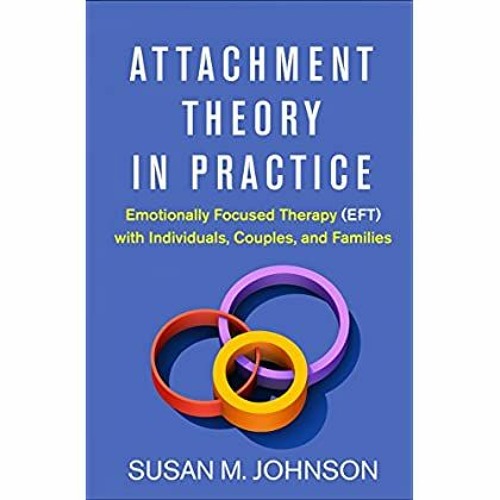
Occasionally, serious conflicts can arise that may lead to the need for some type of therapy focused on these factors. While there are many therapies that work on the emotional realm, there is one that works on them in a very specific way: Emotion Oriented Therapy .
- Article on the topic: "8 types of emotions (classification and description)"
Emotion-Oriented Therapy: What is it?
It is called emotion-centered therapy or emotion-centered therapy, a type of therapy or psychological treatment that, as its name indicates, is characterized by working specifically with the emotional processing of situations observing emotions as an adaptive response that allows one to survive and respond on the environment and also makes us see our needs.
The therapy itself is deeply experiential, as the presence of change depends to a large extent on the impact of situations that evoke emotions, and this appearance is sought in order to bring about changes in the schemas we use to deal with situations. In addition, this theory is largely different from the humanistic paradigm and client-centered therapy aimed at developing and optimizing the patient's potential. In fact, in its early days, therapy focused on emotions this was called Greenberg's Experimental Therapy.
In addition, this theory is largely different from the humanistic paradigm and client-centered therapy aimed at developing and optimizing the patient's potential. In fact, in its early days, therapy focused on emotions this was called Greenberg's Experimental Therapy.
The professional must adopt an empathetic and collaborative attitude, always acknowledging the reactions, emotions and motives of the client or patient and trying to help discover the emotions, focus and develop the subject's own autonomy, making him responsible for himself.
Emotion Oriented Therapy considers that emotion involves the occurrence of physiological changes resulting from the collection, interpretation and processing of external or internal information and our previous learning. Based on experience, we generate a series of unconscious emotional circuits which lead us to a particular way of reacting or experiencing situations which are these circuits that are suggested to work during therapy.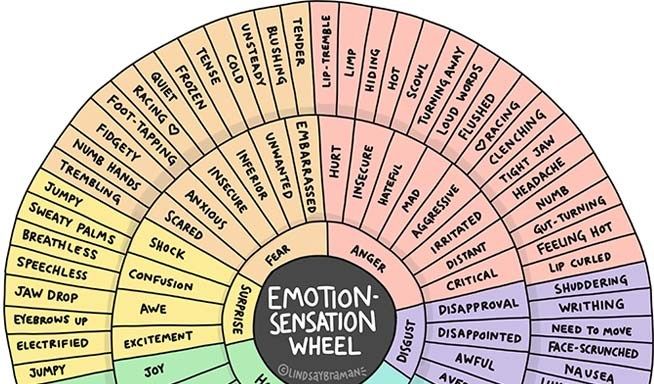
The goal of this therapy is to help patients identify, experiment without blockages, make sense of, communicate, and adaptively manage their emotions. In short, effectively manage your emotional sphere and achieve a good ability to adapt to the environment. This is very useful in a wide variety of situations such as for example, before relationship problems or after experiencing unwanted or traumatic experiences.
- Maybe you're interested: Types of Psychotherapy
Basic Mechanisms for Change
Emotion Focused Therapy is designed to change emotional patterns by capturing, processing and expressing one's own emotionality. To do this, it is necessary to activate a number of mechanisms, emphasizing the following.
1. Awareness
This is a factor that may seem logical and simple, but it is decisive and fundamental when it comes to the power to change emotional patterns Awareness or the ability to distinguish, identify and name one's emotions - this is the most basic and fundamental step.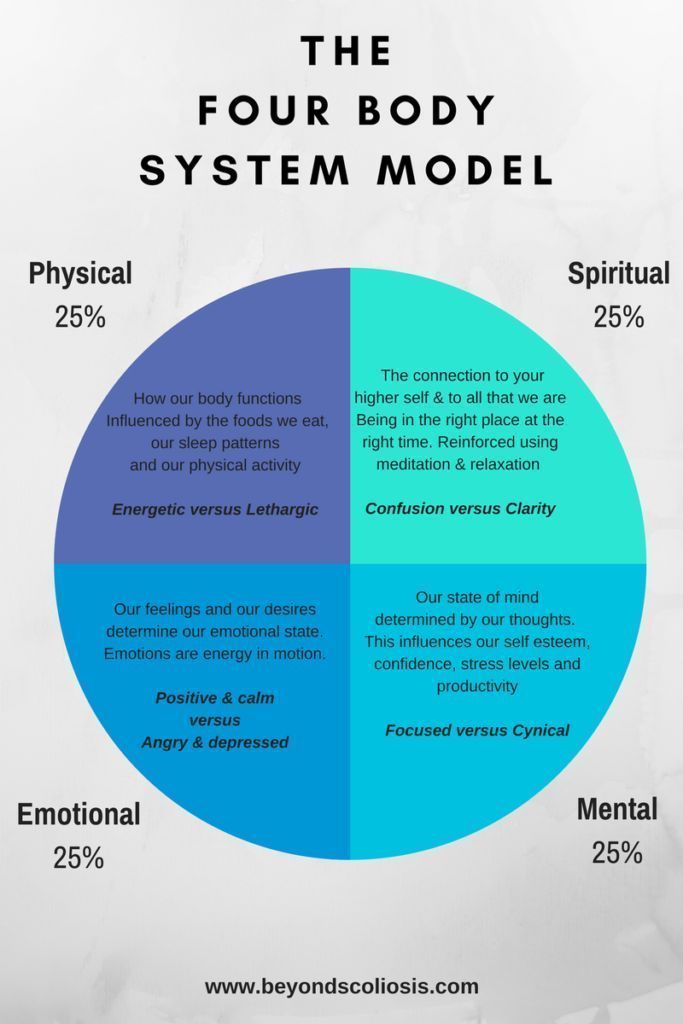
2. Emotional expression
Once an emotion is identified, it is necessary to know and be able to express emotions, especially when we talk about negative emotions. It's more of a confrontation of emotions, fact to live without the introduction of avoidance, which protects us from this .
3. Emotional regulation
In addition to their identification and implementation, another mechanism needed to bring about change is the fact of emotion regulation. Ordinary does not mean not to feel or suppress it , but to be able to slow them down or adapt them to the situation we are in.
4. Reflection
Although aspects and cognitive components already exist in the processing of emotions, it is worth mentioning as another mechanism the ability to work with information and give meaning to the experience.
5. Transformation
The last of the great mechanisms needed to change emotions is transformation, that is, manages to change emotional experience to make it adaptive , An example would be the search for experiences that cause emotional reactions that are incompatible with the original emotions .
Situations in which it is commonly used
Focused or emotional focus therapy is often used in specific situations and is usually associated with the treatment of relationship problems, although it can be used in a wide variety of problems.
1. Couple Therapy
One of the main contexts in which Emotionally Focused Therapy is commonly applied is the couple's world. And it has been shown that this type of therapy can allow the to work on the emotional conflicts present in each of its members and in the relationship itself.
And it is that this modality allows working aspects such as attachment (not for nothing based in part on attachment theory) to identify, express and share their emotions and affective needs. Thus, this type of work can improve the position of each component of the couple and improve existing bonds, strengthening existing bonds.
2. Family Conflicts
Similar to the previous one, emotion oriented therapy can be applied in a family context to be able to reshape emotional schemas and communicate them effectively.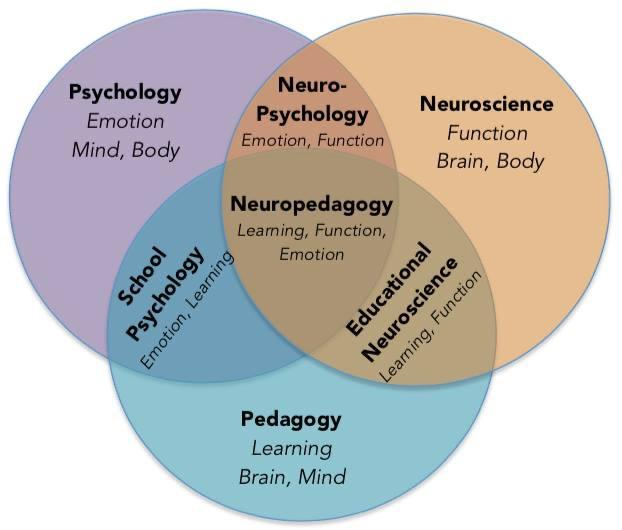
- You might be interested: "8 Types of Family Conflict and How to Manage Them"
3. Socialization Problems fears and accept them in a way that doesn't interfere with their relationship. In addition,
communication is welcome .4. Eating disorders
Emotionally focused therapy has been used in patients with eating disorders, also due to high levels of negative emotionality in relation to self-esteem. Seems helpful both individually and as a group pretending to identify, naturalize and modify the emotions that support the eating problem.
Post-traumatic stress disorder
Emotionally Focused Therapy can be helpful in working with the emotional realm in cases of post-traumatic stress disorder. Sexual violence, bullying, gender-based or domestic violence are examples of situations in which it can be used.
depression
Depressive disorders have as one of the main and most common characteristics the presence of emotions such as sadness or hopelessness , Working on processing emotions and situations, and changing schemas (both cognitive and emotional) will help in order for the subject to improve his position.
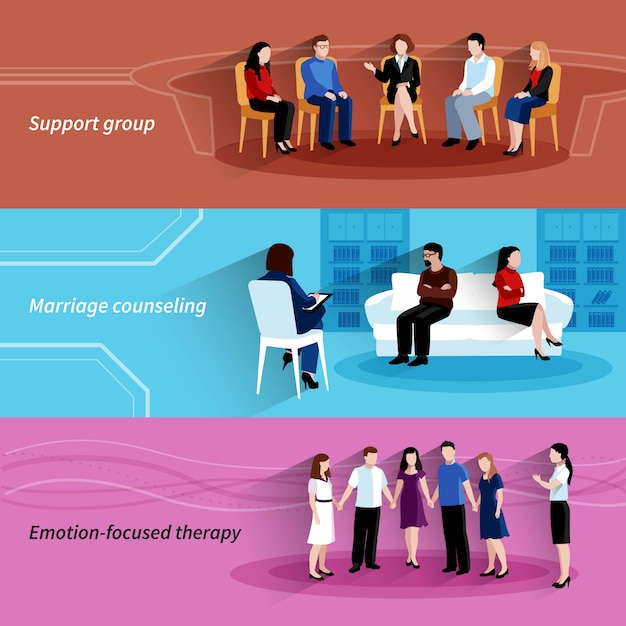 Schedule, program.
Schedule, program. 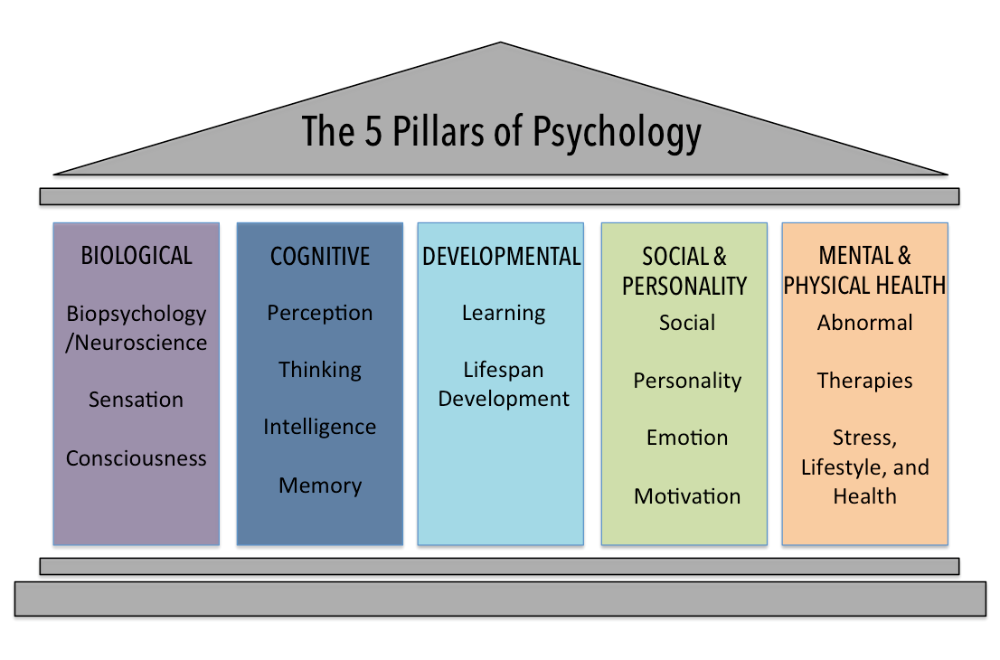 A detailed study of therapeutic interventions based on the material of one's own work and the work of colleagues provides an opportunity to master EFT at a deep conceptual and practical level. The practical part of the seminar includes doing exercises in small groups, participating in role-playing games, watching and discussing video recordings of sessions of real work with various couples, watching a live EFT session.
A detailed study of therapeutic interventions based on the material of one's own work and the work of colleagues provides an opportunity to master EFT at a deep conceptual and practical level. The practical part of the seminar includes doing exercises in small groups, participating in role-playing games, watching and discussing video recordings of sessions of real work with various couples, watching a live EFT session. 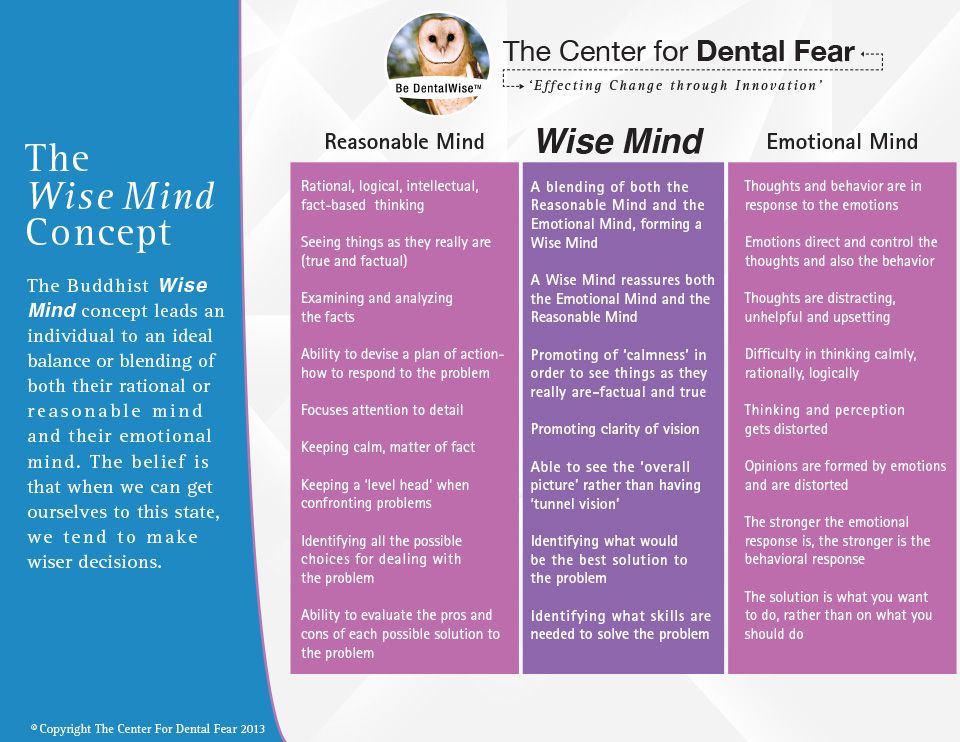 The practical part of the seminar includes doing exercises in small groups, participating in role-playing games, watching and discussing video recordings of sessions of real work with various couples, watching a live EFT session.
The practical part of the seminar includes doing exercises in small groups, participating in role-playing games, watching and discussing video recordings of sessions of real work with various couples, watching a live EFT session.  SKILL TRAINING. 1 PART.
SKILL TRAINING. 1 PART. 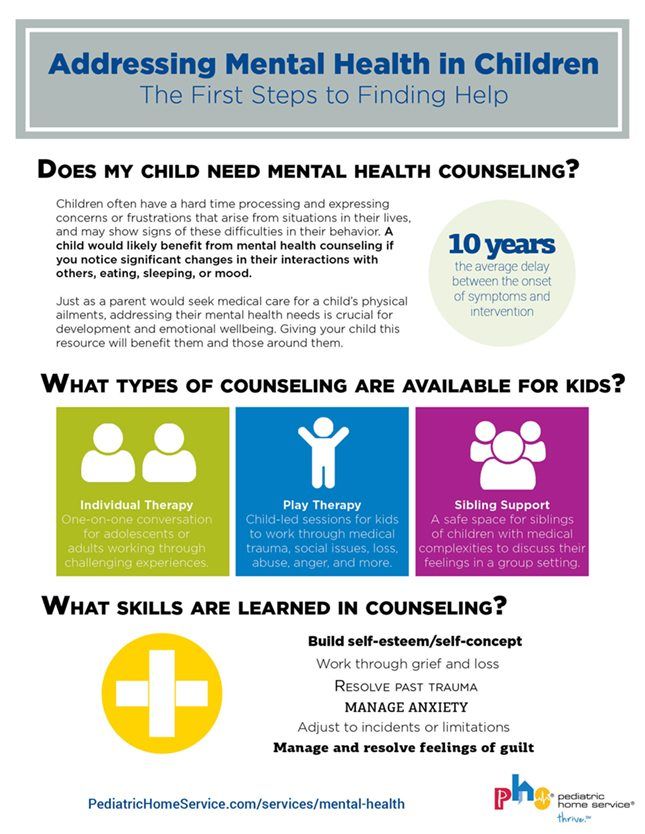 SKILL TRAINING. 2 PART.
SKILL TRAINING. 2 PART. 

